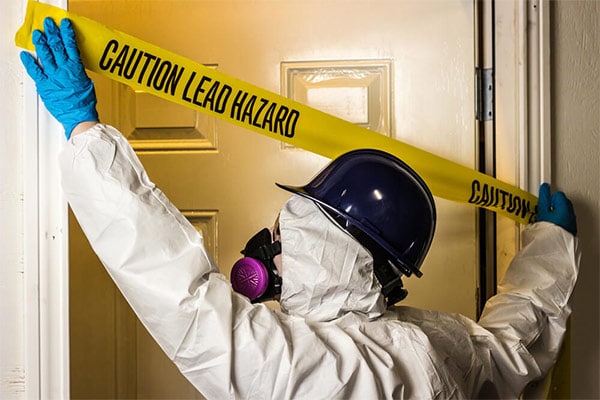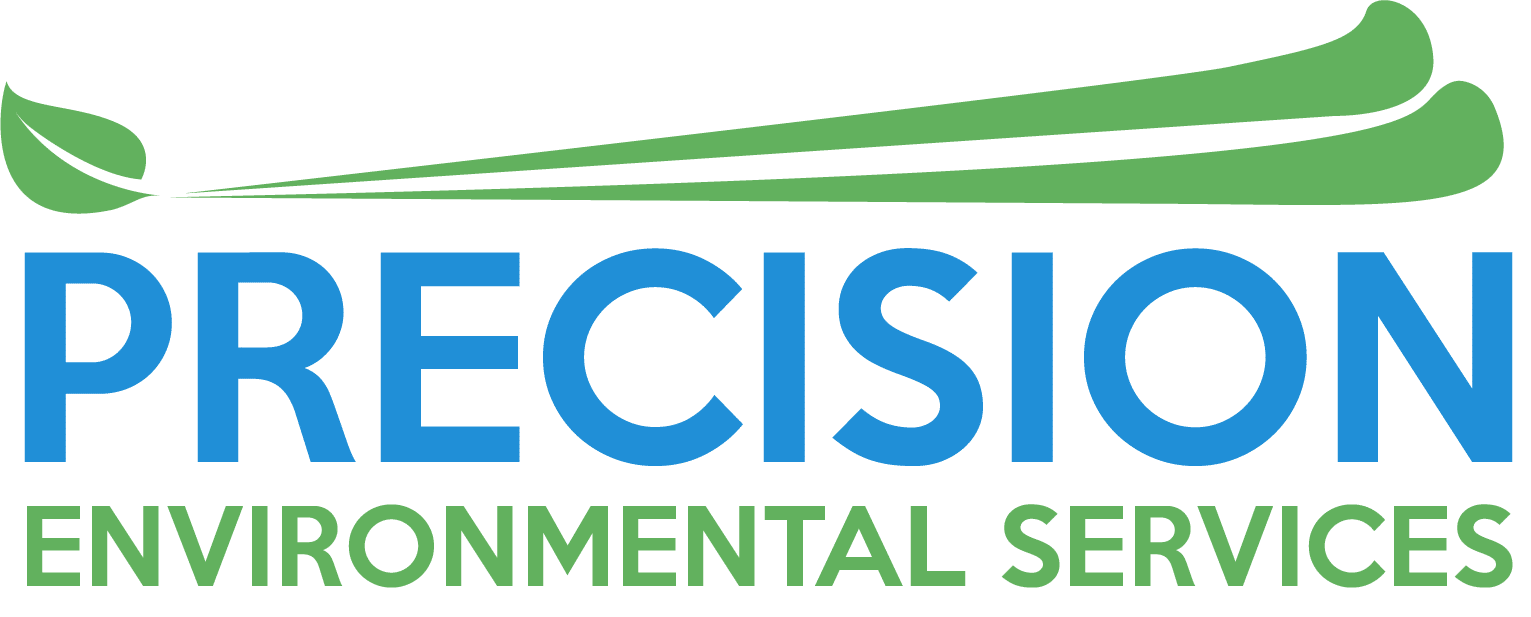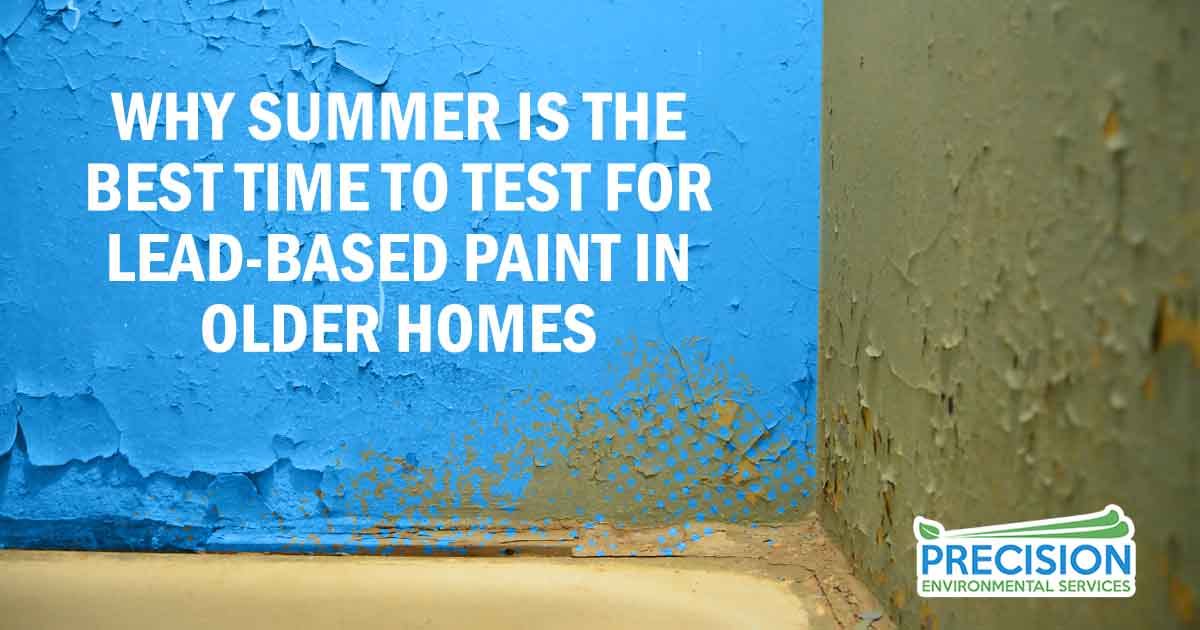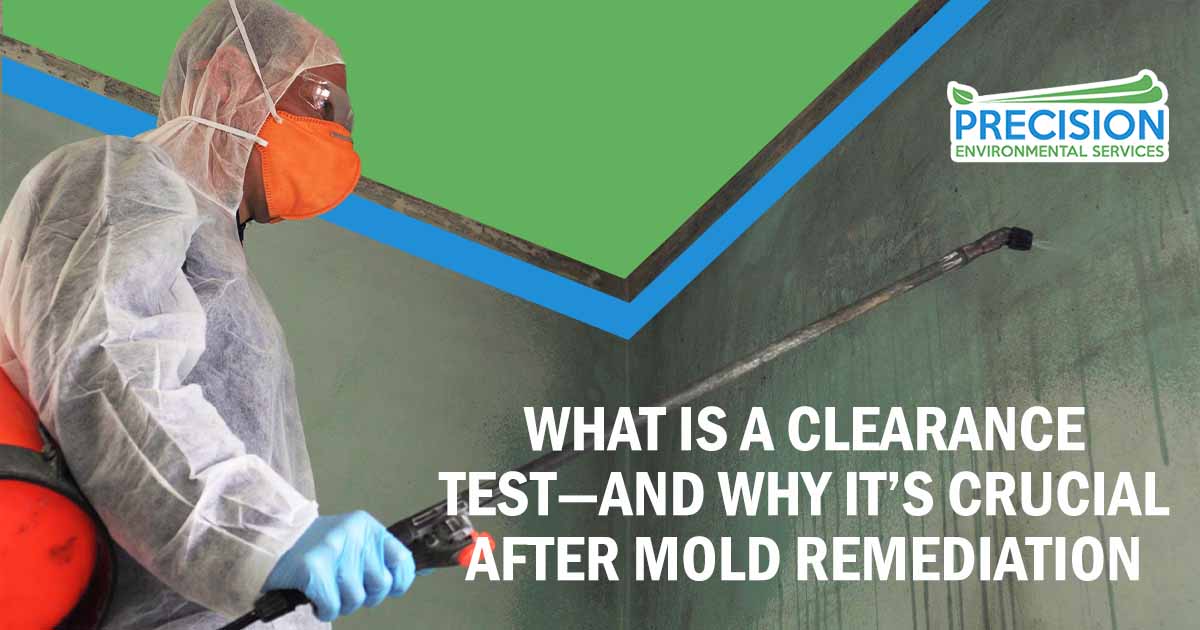Lead Based Paint Testing & Inspection Services by Certified Lead Paint Inspectors
Get Estimate
Lead Based Paint Testing
Lead Based Paint Inspection
How Lead-Based Paint Testing Works
Certified lead paint inspectors follow a comprehensive process to identify hazards in residential and commercial properties. This includes:
- Visual inspection of all painted surfaces, both interior and exterior
- Surface sampling using X-ray Fluorescence (XRF) analyzers or paint chip/wipe samples
- Lab analysis through NLLAP-accredited laboratories
- Risk assessment reporting detailing lead contamination levels and safe remediation steps
By following this procedure, homeowners and businesses gain accurate results that inform renovations, abatement, or safety planning. Using professional lead-based paint testing services ensures compliance with EPA and HUD regulations, which DIY kits cannot provide.
Who Should Consider Lead Paint Testing
Lead-based paint testing service is recommended for:
- Homes built before 1978
- Families with young children or pregnant occupants
- Properties undergoing renovation or remodeling
- Rental properties or commercial buildings with multiple tenants
- Buyers or sellers performing real estate inspections
Certified inspections provide a detailed lead hazard report, helping property owners make safe and informed decisions. These services also prevent accidental exposure and ensure legal compliance with state and federal regulations.
Precision Environmental Services will provide an accredited and licensed Lead Based Paint Inspector / Risk Assessor. The inspector will visually identify suspect Lead Based Paint (LBP) inside and outside the property. Samples will be taken using an X-ray Fluorescence (XRF) analyzer or surface (paint chips, wipes) samples to identify LBP.
The sampling strategy will be in general accordance with the Housing and Urban Development Guidelines for Evaluation and Control of Lead-Based Paint Hazards in Housing. Lab analysis will be conducted by a laboratory that is in a National Lead Laboratory Accreditation Program (NLLAP). NLLAP is a Federal EPA recognized program and the industry standard.

Frequently Asked Questions
How Do DIY Lead Test Kits Compare to Certified Inspections?
You may have seen DIY Lead Paint Test Kits at your local hardware store. Typically, these are just a surface test, meaning that they just test the topmost surfaces. They do not tell you if there are lead paints below the top layer that you are testing. With this type of kit, you would rub painted surfaces such as door frames, windowsills, baseboards, and walls with the test kit. If it detects lead it will change color. The downside is that it will also stain the surface. If lead is not detected on that top surface, then it will not change color. The results don’t offer any insight into if the paint below the topcoat is lead paint. So, if you’re planning on doing home repair and painting then it’s a good idea to have a professional test.
Common Lead Hazards in Homes and How to Protect Your Family
If your family is showing signs of illness and you suspect it is due to your environment then lead poisoning may be the answer. However, there are a number of other culprits as well. For example, many older homes were built with poor ventilation and over the years develop leaks or other sources of moisture that can contribute to massive mold colonies. You may want to consider looking into mold inspections and testing as well as air quality testing to ensure the quality of the air inside your home isn’t making you sick.
How do I know if my home needs lead-based paint testing?
If your property was built before 1978 or contains peeling paint, cracked surfaces, or renovations are planned, it’s highly recommended to schedule a professional lead-based paint inspection.
What is the difference between DIY kits and professional lead paint testing service?
DIY kits only test the surface layer and may miss hidden hazards. Professional services use advanced XRF technology and lab analysis for accurate results.
How long does a lead-based paint inspection take?
Inspections usually take 2–4 hours depending on property size. The process includes visual inspection, sample collection, and a detailed risk assessment report.
Can lead paint be removed safely by professionals?
Yes. Certified inspectors follow strict EPA and HUD-compliant procedures, using containment, removal, cleanup, and clearance testing to eliminate hazards safely.
What should I do if lead is found in my home?
Your inspector will provide a detailed remediation plan, which may include temporary containment, professional abatement, and clearance testing before occupancy.
EPA & HUD-Compliant Lead-Based Paint Testing & Inspection Services in Texas
An inspection will help determine if there are surfaces in your home with lead-based paint. This is good information to have if you are planning to do some home upgrades, especially if it involves disturbing old paint.
You can expect an inspector to look closely at all painted surfaces both inside and outside of your home. Samples will then be collected and analyzed for lead levels. The inspector’s report will tell exactly which surfaces contain lead, but not if the paint has been compromised, exposing you to lead.
Risk Assessment
Lead paint risk assessments provide a better understanding of what kind of danger lead-based paints may be causing in your home. A risk assessment examines places where lead paint is deteriorating. It also takes a look at household dust from floors and windows. The inspector may also collect paint chip samples from outside of your home and around the foundation, including areas where small children play.
The lead paint test report will give you information about exactly where lead contamination is posing a health hazard in your home and define ways that you can fix each area.
While you can choose to have a lead based paint inspection or risk assessment individually, most people choose a combination of both for lead awareness and to learn about how much lead paint abatement or remediation will need to be done.
Protect Your Family with Professional Lead-Based Paint Inspection Services
One of the easiest ways to give your home a new look is to paint. Before you do though, it is important to know if there is a hidden danger lurking beneath the surface of the paint in your house. If your home was built before 1978, there’s a good chance you might have lead paint. Classified as a toxic metal, lead could pose a threat to you and any young children living in the home.
Read more about: Should I be concerned about lead based paints?
Should I Be Concerned About Lead Based Paints?
Lead is highly toxic and can lead to serious health problems, especially in children. Often accidentally inhaled or ingested by curious kids, lead can cause damage to the brain and other internal organs.
Understanding Lead Hazards in Homes & Businesses
In high levels, lead has been linked to some of these conditions in children:
- Bone Marrow Issues
- Damage to Nerves
- Headaches
- Hearing Impairment
- Kidney Damage
- Slowed Growth
How Lead Exposure Affects Families and Children
Lead exposure has also been known to cause behavioral and learning problems, as well as seizures. But children are not the only ones vulnerable to the dangers of exposure to lead. Adults can also experience health issues associated with lead after repeated or long-term exposure, or lead poisoning including:
- Anemia
- Damage to ears and eyes
- Fertility problems in both men and women
- High blood pressure
- Kidney damage
- Memory loss and issues focusing
- Muscle and joint pain
Pregnant women also need to be cautious around areas of potential lead exposure, as the toxic metal can pass through the mother’s system to harm unborn babies. That can lead to a variety of health conditions, including premature birth and low birth weight.
Read more about: When should I have my home inspected for lead based paints?
When Should I Have My Home Inspected for Lead Based Paints?
If the lead paint in your home has not been damaged, there is little cause for concern. However, lead paint that has been damaged or is beginning to deteriorate can leave toxic lead dust and flakes.
You should also have a lead paint inspection if any of the following apply:
- Your home was built before 1978, when lead was used in paints to improve coverage and durability
- You’re planning a renovation which could lead to disturbing paints containing lead
- You are buying or renting a home and plan to have young children in the home
- Your child has been diagnosed with lead poisoning, and you are concerned for your family, pets, and visitors
The only true way to know if a lead paint hazard is present in your home is to have an inspection. A professional inspection can help you identify if lead paint is present on any surface inside or outside your home.
Read more about: What can I expect from a lead-based paint inspection?
What can I expect from a lead-based paint inspection?
If you are concerned about lead paint in your home, hiring a professional to conduct inspections for lead-based paint or lead paint testing is the most accurate way to ensure your family is safe from lead poisoning.
Read more about: What if lead paint is found in my home?
What if lead paint is found in my home?
Once you have had lead paint inspections or lead paint tests performed on your home, the testing results will tell you if there is lead present in the home and where it is. After that, you will need to make important decisions about how to take care of the lead contamination problem.
Lead Inspection & Abatement Services for Homes and Businesses
Lead abatement is a process that will permanently remove lead-based paint hazards from your home. Specialized techniques mean you will need a professional to do the lead abatement work. The Environmental Protection Agency has specific guidelines about who can perform lead abatement projects, and they must be certified and follow strict guidelines.
The Lead Inspection & Abatement Process
Lead abatement and remediation is the most effective way to eliminate lead hazards. This includes:
- Containment: Isolating the work area to prevent dust and debris from spreading
- Removal: Safe elimination of lead-based paint or contaminated materials
- Cleanup: HEPA vacuuming and wet-wiping surfaces to remove residual dust
- Final clearance testing: Ensuring the area is safe for occupancy
Professional abatement protects children, adults, and pets while maintaining compliance with EPA and HUD guidelines. Attempting DIY removal without certified oversight can increase exposure risks.
Lead Paint Removal
There are a number of ways you can help protect your family from the dangers of lead-based paint contamination until the issue is resolved.
- Clean up and remove any paint chips and dust
- Maintain lead free clean areas for children to play
- Keep a watchful eye that children are not putting their mouths on painted surfaces or eating paint chips
- Remove dust from surfaces in your home on a regular basis, using warm water and being sure to thoroughly clean mops or sponges after use
- Leave your shoes outside to prevent yourself from tracking lead dust from the soil into your home
- If you are a renter, report the findings to your landlord so they can make the necessary repairs or do lead abatement.
Children’s diet and lead exposure
A healthy diet will also keep you and young children safe. The Environmental Protection Agency says that children who eat well-balanced meals absorb less lead. There are more steps you can take to protect young children from the hazards of lead-based paint:
- If your child is between the ages of 1 and 2, have the lead levels in their blood tested
- Practice good hygiene, like frequent hand washing, with children to reduce exposure to dust
- Regularly wash children’s toys
- When drinking or cooking, use cold tap water to avoid lead
Call Precision Environmental Services at (940) 597-2673 to learn more about lead inspections and abatement.
Call us at 940-597-2673, or use the form to request an estimate.
Call for an estimate!
214-888-6956
Latest News
Why Summer Is the Best Time to Test for Lead-Based Paint in Older Homes
Homeowners considering summer renovations should prioritize lead-based paint testing in older homes, especially those built before 1978. Disturbing...
What is a Clearance Test—and Why It’s Crucial After Mold Remediation
After completing mold remediation, one of the most important final steps is mold clearance testing. This process confirms whether the remediation...
Is Your Office Making You Sick? Understanding Sick Building Syndrome
Employees who spend hours in an office building may begin to experience recurring health issues, such as fatigue, headaches, or throat irritation....





